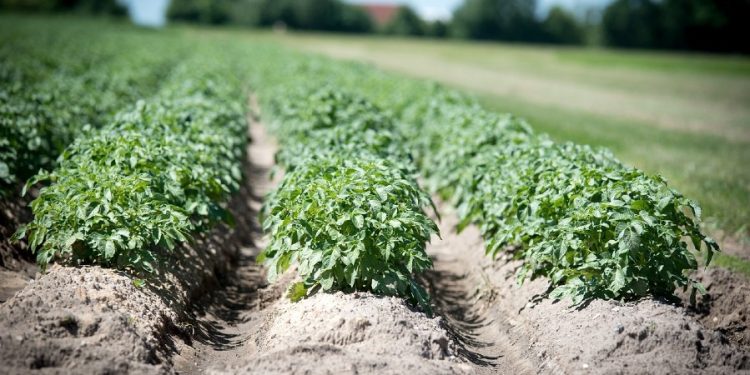In a press release issued today, the North Western European Potato Growers (NEPG) organization says lower yields per hectare (-6,3%) resulted in an overall production decline for its member countries (-5,3% or 1,2 million tonnes) this year, despite a rise of 2,9% in harvested area.
Demand for potatoes is currently good, with processing factories throughout north-western Europe eager to buy potatoes while processing facilities are working at full capacity. New or modernized processing lines and new factories (recently opened or to open during 4th quarter of this year) have contributed to historic high processing contract prices which have gone up by 30 to even 45 per cent in some cases.
Processors in Belgium, France, Germany and the Netherlands are said to be keen to acquire more raw material for the rest of the ongoing season and the 2023 – 2024 campaign.
Multiple risks
NEPG underscores the fact that potato growers in its member countries face multiple risks and these risks seem to increase each season. Apart from uncertain and fluctuating production acreage and free-buy prices, farmers now have to include a series of “new” risks to manage.
Risks are now also linked to climate change, geopolitical (i.e. the war in Ukraine) and health events
(i.e. the Covid 19 pandemic), access to water, and tighter EU regulations regarding fertilizer (mainly nitrogen, be it farm sourced or mineral) and pesticide use.
On top of that, contracts terms are often different from one processor to the other, and sometimes more difficult to fully understand than before.
NEPG points out that risks are usually (or could be) partly covered by insurance. But, relatively simple “hail and storm” insurances are now also more complicated and expensive, having to cover most of the risks associated with climate change: drought, excessive heat, flooding, soil erosion, mudflows, and more.
Potential disruptions in the potato sector expected
NEPG is of the opinion that the higher contract prices for processing potatoes could stimulate a higher potato acreage as well as bigger contracted potato volumes.
Seed growers, starch potato growers and table potato producers could partly switch from their current
production focus to produce potatoes for fries and crisps. These developments could lead to profound imbalances throughout the whole of the potato sector, according to NEPG.
Seed production costs have risen in recent years, and there is no indication that buyers will increase the price they pay for seed. This could lead to less seed production during the 2023 season. The seed sector in north western Europe could lose at least 5,000 ha, which would lead to shortages and higher prices for consumption growers in spring 2024.
A source: https://www.potatonewstoday.com/








